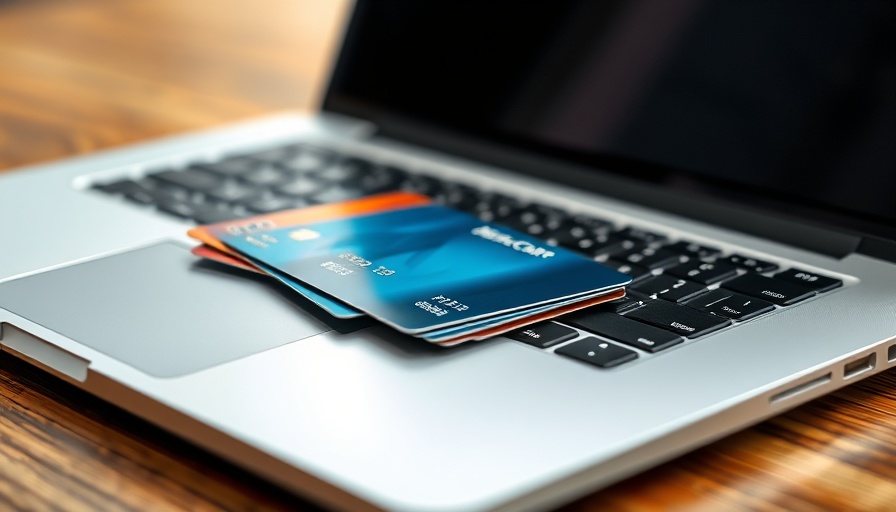
Understanding the Emotional Rollercoaster of Debt
Debt is not just a financial burden; it often translates into emotional anguish as well. 47% of adults in the U.S. report that financial stress significantly impacts their mental health, leading to anxiety and a sense of hopelessness. Staring at a stack of bills paired with looming loan responsibilities can easily overshadow one’s peace of mind.
Why does debt affect us so deeply? The reasons are multifaceted and deeply personal. For instance, societal expectations and self-worth are tightly entwined with financial stability. When people find themselves overburdened by loan payments or credit card debt, feelings of shame often ensue, leading to isolation. High-interest rates compound stress further; as debts grow faster than they can be paid off, individuals may feel trapped—a sensation that saps motivation and hope.
Strategies to Cope with Debt Affectively
Recognizing the emotional implications of debt is crucial, but how can individuals navigate through these treacherous waters? Several strategies can improve not just one’s financial situation but emotional well-being as well.
For example, separating personal worth from net worth is essential. Debt does not define your intelligence or capability. Remind yourself that managing debt involves skill and perseverance, not a reflection of character.
Utilizing proven debt repayment strategies can also provide a sense of control and achievement. The snowball method, which focuses on paying down the smallest debts first, often provides quick wins that boost confidence. Conversely, the avalanche method targets the highest-interest debt first, saving money on interest and leading to long-term success. Both methods emphasize celebrating small milestones to maintain motivation.
The Role of Professional Help in Debt Management
In many cases, seeking professional assistance can be an empowering step toward emotional and financial relief. Credit counseling services and financial advisors can provide tailored guidance on creating a comprehensive debt management plan.
Engaging with a qualified debt management company may also relieve some burdens. Services often assist in negotiating lower interest rates or consolidating debts, streamlining the financial recovery process. Understanding loan modifications or debt settlement options—among others—can be invaluable tools in rebuilding fiscal stability.
Dealing with High-Interest Loans and Credit Card Debt
For those grappling with mounting credit card debt or student loans, it’s crucial to remember that high-interest loans can deeply impact both your financial outlook and emotional health. The psychological toll is real, as the burden may exacerbate stress and anxiety levels.
When interest compounds, it can feel as though you’re stuck in a cycle that never ends, highlighting the importance of building an emergency fund and budgeting to pay down those debts effectively. Strategies such as minimizing unnecessary expenses can free up vital resources to tackle high-interest debt more aggressively.
Future Trends: The Evolving Landscape of Debt Relief
Looking ahead, the explosion of financial technology may offer innovative solutions for personal finance management and debt repayment. From budgeting apps that automatically track expenses to platforms that facilitate peer-to-peer lending opportunities, the tools for managing debt are becoming more accessible.
The future might also see an increase in community-focused debt forgiveness programs and initiatives aimed at breaking the stigma associated with financial hardship. Understanding these programs can spark hope and drive for many who feel helpless.
Your Next Steps Towards Debt Relief
The pathway to overcoming debt isn’t solely about numbers; it incorporates understanding emotional impacts and applying practical strategies. Whether through personal techniques or professional assistance, the first step is to recognize the challenges and take actionable steps toward healing. Empower yourself by celebrating even small victories on your journey to financial health.
Moreover, consider exploring available resources like debt management apps or community supports to mitigate the overwhelming nature of financial stress. Remember, you are not alone in this journey. Understanding the nuances of debt can help you regain confidence, reshape your relationship with money, and pave the way for a debt-free future.
 Add Row
Add Row  Add
Add 



Write A Comment